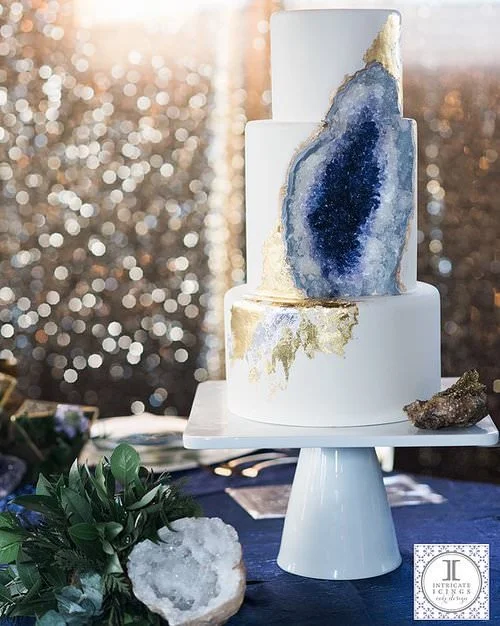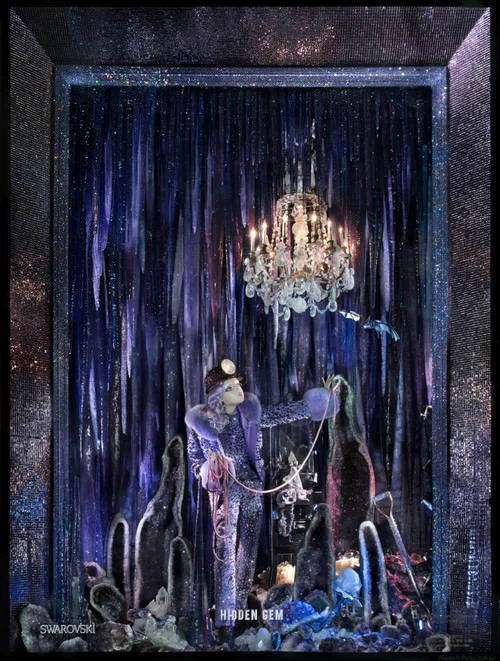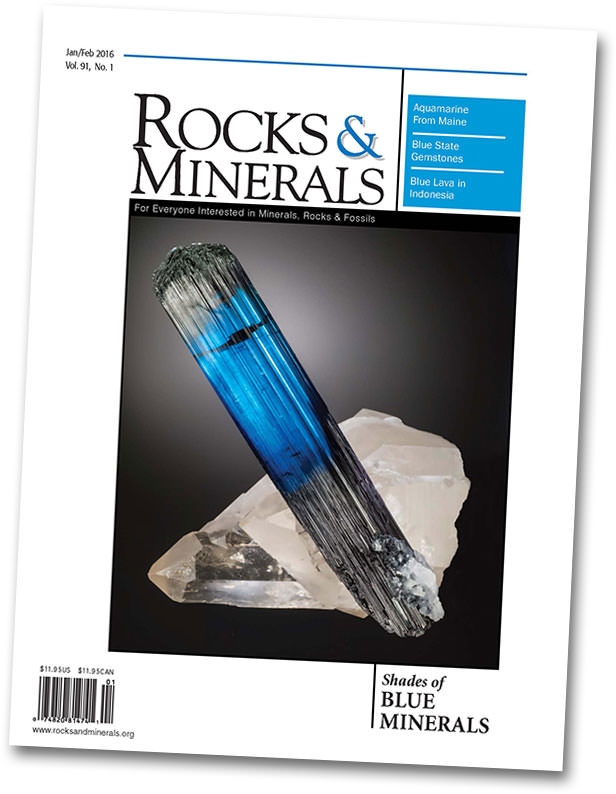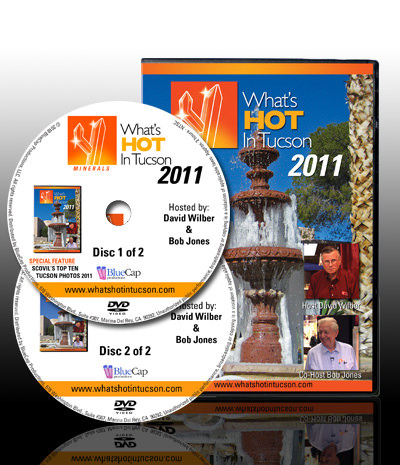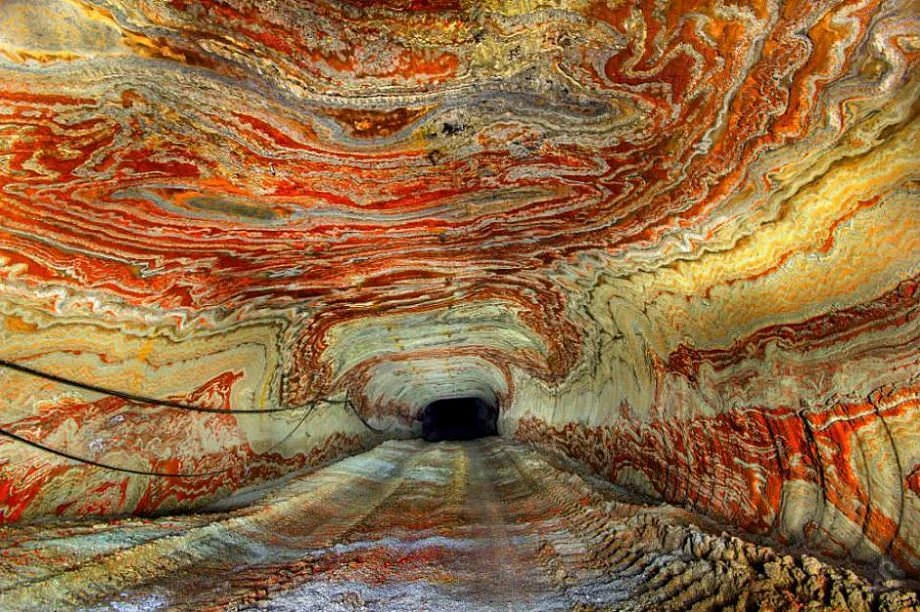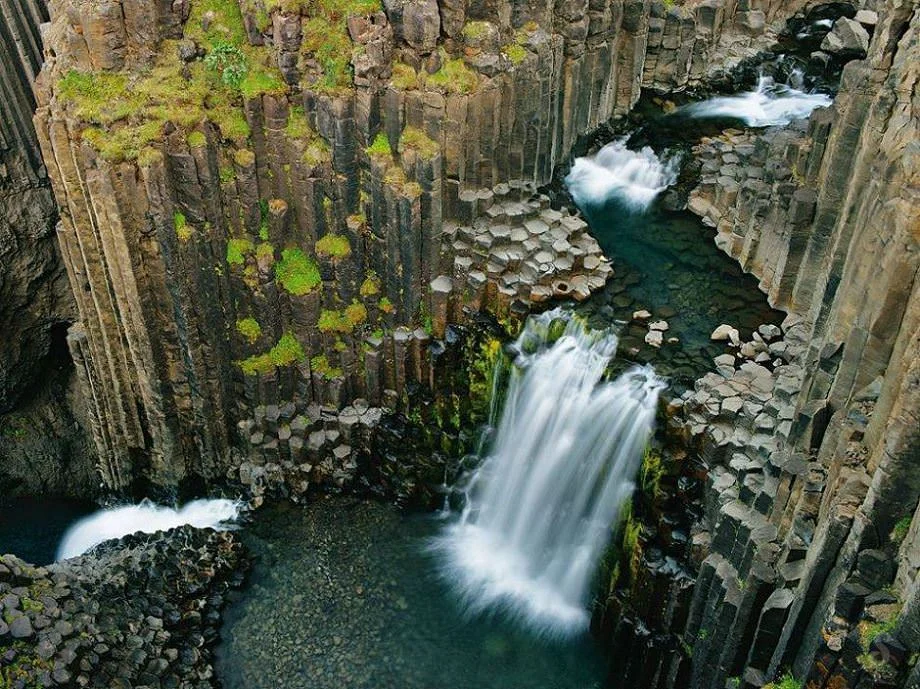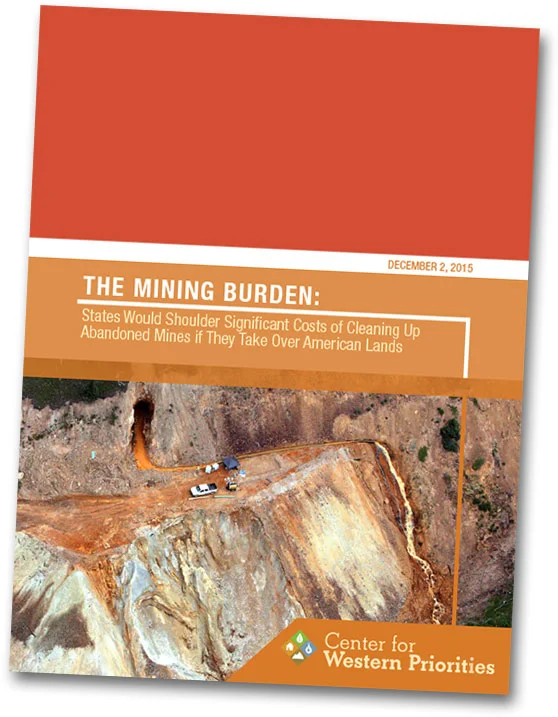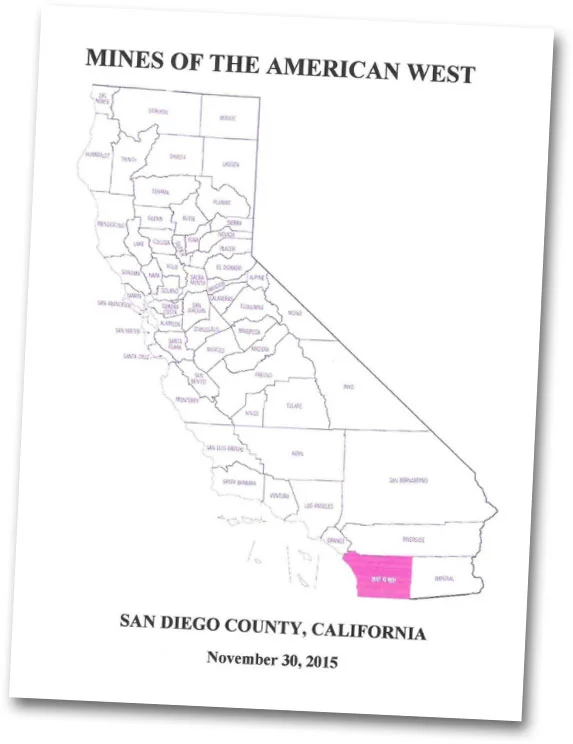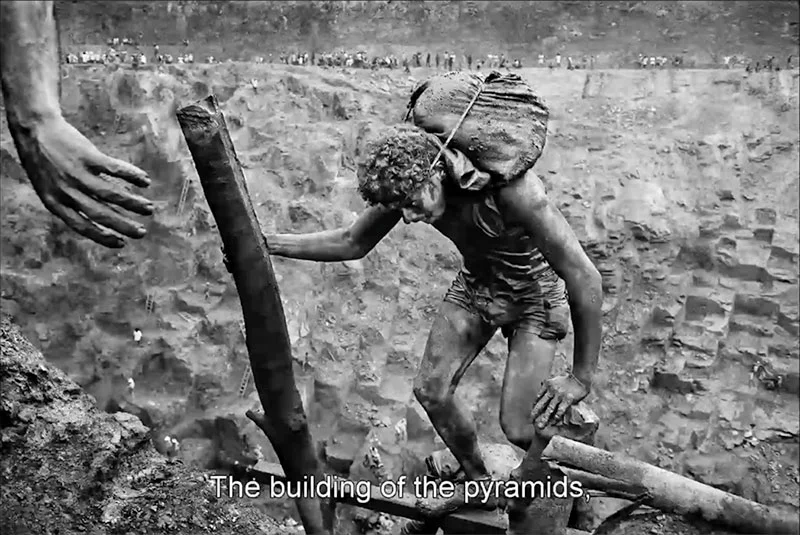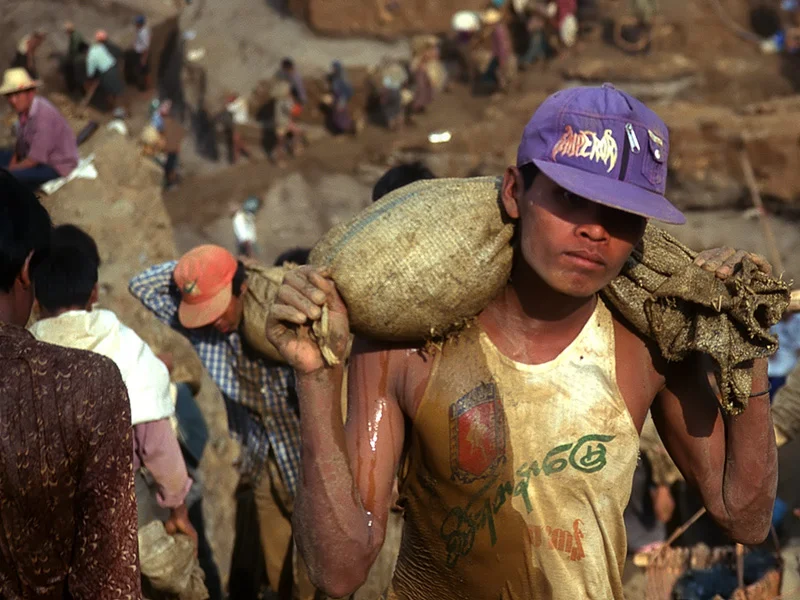February 2016
I do. This wedding cake was created by Intricate Icings Cake Design in Denver, Colorado. It's made of "a combination of granulated sugar and rock candy that was then crafted with multicolored modeling chocolate and designed within a fondant covered cake" accented by hand painting and gold leaf, according to this blog post. Cake artist Rachael offers classes as well as free tutorials on the Intricate Icings blog. (Photo: Ali N. Garret)
I might. This window from Bergdorf Goodman on New York's 5th Avenue displays fashion against millions of Swarovski crystals, not to mention amethyst geodes. (Love the miner's helmet.) See images from the rest of the series here. (Photo: Ricky Zehavi)
Table of Contents
Shows and Events
Pala International News
Minerals and Mineralogy News
Industry News
Books
- Mines of the American West – San Diego County, California
By Ivan Herring
Media
Editor: David Hughes
Shows and Events
Tucson Time: February 2–14, 2016
After the holidays, we're looking forward to the world's greatest gem and mineral show in February. One-stop general information about individual shows can be obtained from the Tucson EZ-Guide.
Pala International will be represented in Tucson as follows. We look forward to seeing our many friends there. Visit the Pala International Show Schedule for future events.
AGTA GemFair
Pala joins nearly 100 exhibitors for this trade-only annual extravaganza.
Event: AGTA GemFair
When: February 2–7, 2016
Where: Tucson Convention Center
Pala International Booth: 1016
The event website now features an interactive floorplan allowing you to see who is exhibiting by area of the convention center.
Free seminars by notables in the world of gemstones and pearls are listed.
15th Annual Westward Look Mineral Show
Pala International and three dozen other world-class mineral dealers shack up at the Sonoran Desert resort.
Event: 15th Annual Westward Look Mineral Show
When: February 5–8, 2016
Where: Westward Look Resort
Pala International Suite: 224, Building 20, Upper Level
See Pala International's page on the Westward Look Show site. See also this dealer map.
The poster for this year's show (at right) features a 49-mm-tall heliodor crystal from a private collection, photographed by Joe Budd. It comes from the Yellow Water Mine in Tajikistan. The crystal has a spiral inclusion that reminds us of the "Mascara Stone" that John S. White introduced us to last year, and which we included (ahem…) in our sibling e-newsletter Palagems Reflective Index.
62nd Annual Tucson Gem & Mineral Show
TGMS is the largest gem and mineral show in the country. This year's theme is "Shades of Blue: Minerals of the World."
Event: 62nd Annual Tucson Gem and Mineral Show
When: February 11–14, 2016
Where: Tucson Convention Center
Pala International Booth: 926–929
Tucson Tips
In keeping with the TGMS theme, "Shades of Blue: Minerals of the World," the current edition of Rocks and Minerals (91:1, Jan–Feb 2016) looks at Blue's hues, from baby to indigo. In "Blue Minerals: Exploring Cause & Effect," our friend Elise Skalwold, with co-author William Bassett, takes the reader on a high-level tour of the science of blue, after noting that the color holds a special place in our world: "from its vast expanses of cerulean waters to its azure heavens above…."
For nearly eight decades, Bob Jones has immersed himself in the world of minerals, authoring hundreds of articles and several books. He's attended every Tucson Show since 1960, and has hosted BlueCap Productions' What's Hot in Tucson series. In 2004, his Fifty-Year History of the Tucson Show was published by Mineralogical Record. Last year, he spoke on that same topic, a podcast of which was posted by BlueCap in December. Last month, BlueCap posted Jones's "Best of the Best" lecture from 2014. As BlueCap's Bryan Swoboda mentions in his lead-in to this new podcast, exciting talks are in store at the 2016 Tucson Mineral Lecture Series at the Pueblo Gem & Mineral Show, tomorrow, February 2, and Friday, February 5.
Pala International News
Pala's Featured Specimen: Azurite & Malachite from Laos
In this edition of Pala Mineralis we feature a specimen in sync with the Tucson Gem and Mineral Show theme, "Shades of Blue: Minerals of the World." This beauty hails from the Sepon Mine in southern Laos, an open pit copper and gold mine. (Gold production was suspended in 2013.) Its azurite blades range from deep blue to brilliant, and the malachite features bulbous apricot-like blobs, berry-like rounds, and even a pseudomorph at lower right. It's a beautifully complex specimen that calls out for consideration.
Azurite and malachite from the Sepon Mine, Vilabouly, Savannakhet, Laos, 8 x 6 x 5 cm. Price available upon request. (Photo: Mia Dixon)
Interested? Contact us.
Mineral and Mineralogy News
Calling All Collectors: The Carbon Mineral Challenge
It's been eighteen months since we mentioned the Deep Carbon Observatory (DCO), a multidisciplinary effort to plumb the depths of "deep carbon"—the ninety percent of not-readily accessible carbon in our world (see "Carbonated Leverage"). In December, we received an announcement about the related Carbon Mineral Challenge, which invites professional and amateur mineral collectors to join the carbon quest. "New research predicts at least 145 of Earth’s carbon-bearing minerals remain undiscovered," the announcement states. "How many can collectors find by 2019?" That's when the hunt, which began in December, officially ends. A midterm scientific report was issued in December 2014.
This video is an introduction to the Carbon Mineral Challenge.
Adding to the already-identified 406 carbon minerals—including our current featured specimen above—is important for research. "Figuring out the mineral signature of a life-supporting planet is a really exciting prospect," says Robert Hazen, Senior Staff Scientist at the Carnegie Institution of Washington, USA and Executive Director of the Deep Carbon Observatory. "Without life, fewer than a third of the different kinds of minerals we see on Earth would exist. Our new projections will inform planetary investigations, with probes tuned to detect mineralogical signs of life." Ready to begin? Here's how the Challenge works.
In October we pointed to a teaser for NOVA's Life's Rocky Start. It's now available for online viewing. It features DCO's Robert Hazen as he looks for the link between Minerals and Life. Savvy viewers will recognize specimens we profiled in "Appraising Harvard Redux" by Pala International's Bill Larson. [TRT: 53:07]
eARTh
Below, a trio of natural and man-made earth-oriented curiosities that recently graced our browser…
Bucket List
Imgur user Poiuytrezay posted 51 places to visit before dying. You'll find yourself experiencing vertigo, serenity, chuckles, incredulity, appetite, wanderlust and more as you view these many images.
The abandoned mine pictured above, in Yekaterinburg, Russia, produced carnallite, a source of potash, used in fertilizers. The basalt pillars pictured below are at Iceland's Litlanesfoss Falls. Such pillars were mentioned by Palagems blogger Ana Vasiliu in her first post in On Natural Pearls (see the second caption).
Rainbow Bridge: The Gravity Glue of Michael Grab
Great perfection seems flawed
Its function is without failure
—Lao-tzu, translated by Derek Lin
Strollers along Boulder Creek in Colorado may have seen the manifestations of meditation by artist Michael Grab, who in 2008 discovered that rocks have inherent balancing properties. The most unlikely stones can, in fact, be positioned in impossible configurations. Except, of course, this is possible, and Grab has found that this sense of possibility is conveyed through his juxtapositions.
Grab is an aficionado of the Japanese aesthetic of wabi-sabi, an appreciation of beauty recognized in the "imperfect, impermanent, and incomplete," as author Leonard Koren puts it (Wabi-Sabi for Artists, Designers, Poets & Philosophers, 1994). In Koren's chapter, The Wabi-Sabi State of Mind, he discusses "acceptance of the inevitable," such as the changing of seasons, our own mortality. Each of Grab's meditations, in the end, will tumble.
This compilation video by Michael Grab includes voiceover remarks by British-born Alan Watts (1915–1973), the late philosopher who helped bring English-speaking readers and listeners to Buddhism beginning in the 1930s. Your editor was introduced to Watts, who was then a California transplant, in high school via The Joyous Cosmology (1965), his early exploration of psychedelic consciousness (foreword by Timothy Leary and Richard Alpert, now known as Ram Dass). Years, later, as a California transplant myself, I remember Watts talking, in a reprise of one of his famous KPFA broadcasts, of how Americans are not materialist, as so often perceived. He bemoaned an America that seemed "dedicated" to the conversion of the material world "into a junk heap of unimaginable dimensions." "In other words, so many of our products […] look as if they were really the instant creation of pure thought […] lacking in what the connoisseur of wine calls 'body'."
Krystal Kaleidoscope
Remember the kaleidoscopes we had as kids? For some of these, the object chamber at the far end would be populated with colored, transparent beads or glass. If light entered through a transparent lens, the world at large was part of the display. That's the idea for the promo video for "Simple Guy" by Danish pop duo Kadie Elder. But this is anything but simple, incorporating mineral crystals, animals and landscapes in the kaleidoscopic spectacle.
In this still from the promo video of Kadie Elder's "Simple Guy," fluorites and other crystals fly away from the center.
Industry News
Stiff Tab at the Hard Rock Cafe
On December 1, in our last newsletter, we mentioned that Colorado officials had documented 230 mining sites in the state that are slowly becoming degraded. The next day, the Center for Western Priorities put that number at tens of thousands of defunct mines in Colorado and the West, with about 5,000 in the state alone. CWP conducted an analysis of 99,737 abandoned mines on Forest Service and Bureau of Land Management land—only. The bill for cleanup in the region is estimated at between $9.6 and $21 billion.
Colorado has about five percent of the mines and, thus, the same amount in cleanup costs dwarfed by other states' figures: Arizona, 24,183 defunct mines; California, 17,748; Nevada, 10,613; Utah, 10,697. "The data on abandoned mines is notoriously thin," the CWP report states, "and estimates of their number and cleanup costs vary greatly." One challenge: "there is no agreed-upon definition of what constitutes an abandoned mine."
The report offers three case studies in costs of sites that have been or are being cleaned up: Lead Queen Mine, Arizona, $362,000; Comet Mine, Montana, $2 million; Monarch Mill, Idaho, $730,000.
Books
Mines of the American West – San Diego, California
By Ivan Herring
Author Ivan Herring originally began writing a few years ago to consolidate and archive data he'd collected for forty years in the business of purchasing raw materials, for General Motors among others. His Mines of the American West series of books reflects the knowledge he'd accumulated on mines and minerals, county by county, for his business in consulting on acquisition of raw materials. Other information has found its way into his multiple series on Ghost Towns and Legends, Lost Mines and Treasure Tales, Riches Beneath Your Feet, Musings From the Frontier, as well as a biography and the fictional account of an intelligence operative.
The latest from the Mines of the American West series is San Diego County, California. It has more than 1,350 entries: 600+ for gold mine and gold-related properties, 150 gemstone-related, and 50 related to tungsten. Published on the Kindle platform, the e-book comes in at just under 800 pages.
The data come from various sources. Take, for instance, the A.B.C. Mine in central San Diego County. The entry begins with a USGS Mineral Resource Data System record. This is supplemented by a 1963 article published by the state's Division of Mines and Geology. Interested readers can view the sample, including front matter and better part of the A and B entries at Amazon.
Media
Mirror Images: Burma and Brazil
Your editor received a second Christmas present from brother Richard W. Hughes: The Salt of the Earth, a documentary that profiles the life and challenging art of photographer Sebastião Salgado. Richard had seen the film on the plane ride towards his visit to our family in Colorado and he thought I'd like it. I finally retrieved the gift on Saturday from my parents and watched it last night. I was devastated by Salgado's savage imagery, and amazed by his mirrorings: naked forest people from Papua New Guinea and naked refugees from eastern Africa, self-sufficient Nenets of the bleak Siberian tundra and starving inhabitants of drought-stricken African Sahel, dust-covered gold miners of his native Brazil and crude-covered firemen in post Gulf War Kuwait. These latter two images are collected in Salgado's massive paean to laborers of the world, Workers: An Archaeology of the Industrial Age (Aperture 1993), which Richard kindly bundled with the film. Over my sixty years, on encounters like this one with Sebastião Salgado, I have remarked: I feel like I have found a new friend.
Having grown up in the famous gemstone-bearing state of Minas Gerais, Salgado begins his remarks in the film about seeing the Brazilian gold mine to the north, known as Serra Pelada (Naked Mountain), being worked by fifty thousand men. (The mine was abandoned in 1986, the year of the photographer's visit.) "When I reached the edge of that enormous hole," Salgado says in his adopted French language, "every hair on my body stood on end. I'd never seen anything like it. Here, in a split second I saw unfolding before me the history of mankind. The building of the pyramids."
I, on the other hand, in viewing Salgado's photographs of Serra Pelada, had seen something like it, in photographs my brother took in the jade mines of Burma a decade later. Richard used the same phrase to describe the ten thousand jade miners at Hpakangyi: "Building the pyramids." And both photographers featured an image of a single miner, sack on back, with hundreds more in the background.
From the trailer for The Salt of the Earth: having climbed a series of ladders, this worker emerges from the gold mine pit with a bag that could pay off.
Building the pyramids. Over 10,000 miners snake up the hillside at Hpakangyi. From "Jade in Upper Burma – Heaven and Hell" by Richard W. Hughes. (Photo: R. W. Hughes)
— End February Newsletter • Published 2/1/16 —
Note: PalaMinerals.com selects much of its material in the interest of fostering a stimulating discourse on the topics of minerals, mineralogy, and the mineral industry. Therefore the opinions expressed here are not necessarily those held by the proprietors of PalaMinerals.com. We welcome your feedback.

